New Publication in Current Biology: Anthropogenic noise impairs cooperation in bottlenose dolphins3/2/2023 We have a new paper out in Current Biology showing how anthropogenic noise impairs cooperation in bottlenose dolphins. Along with international colleagues, we equipped two trained and highly motivated bottlenose dolphins at the Dolphin Research Center in Florida, USA, with DTAGs to record the dolphins’ vocalisations while they participated in a cooperative task. During the task, the dolphins had to work together to both press their own under-water button within one second of each other, while exposed to increasingly louder levels of noise. We found that the dolphins produced louder and longer whistles to compensate for the increasing noise levels but were still less successful as the noise got louder.
For years we have known that animals can attempt to compensate for increased noise in their environment by adjusting their vocal behaviour. This study is important because it shows that these adjustments are not necessarily sufficient to overcome the negative impacts of noise on communication between animals working together. Furthermore, this work also revealed that dolphins can flexibly modify their vocalisations in an attempt to continue cooperating with their partner, revealing that this species is capable of actively coordinated collaboration. This is the first published piece of work from Pernille's PhD research, so huge congratulations to her for leading this excellent study! The Current Biology paper can be accessed here
0 Comments
Congratulations to Emma Chereskin for winning the University of Bristol Faculty of Life Sciences Award for best Masters by Research (MScR) thesis! This work was published earlier this year in Current Biology
(you can find the article here) and we can't wait to see what comes out of Emma's PhD research (we are lucky that Emma will be staying with CetaceanCommCog for her PhD, funded by the University of Bristol International PhD Scholarship). HUGE Congratulations to Katy Holmes for passing her viva! Katy's thesis investigated the ontogeny of male alliance behaviour in juvenile bottlenose dolphins (Tursiops aduncus) in Shark Bay and we look forward to sharing publications from Katy's exciting doctoral research in the near future. Big thank you to Shane Gero and Jennifer Smith for examining the thesis!
Photo credit: Simon J Allen We are pleased to share our recent paper in PNAS on strategic intergroup alliances in male bottlenose dolphins:
RC Connor, M Krützen, SJ Allen, WB Sherwin and SL King (2022). Strategic intergroup alliances increase access to a contested resource in male bottlenose dolphins. Proceedings of National Academy of Sciences 119 (36), e2121723119. This research shows that male bottlenose dolphins form the largest known multi-level alliance network outside humans, and that dolphins benefit from intergroup cooperation. This is striking because intergroup cooperation was thought to be unique to humans and dependent upon two other features that distinguish us from our common ancestor with chimpanzees: the evolution of pair bonds and parental care by males. However, our work shows that intergroup cooperation can emerge without these features in a chimpanzee-like, promiscuous mating system. The paper is free to access and can be found here. We (Bristol and Zürich research groups) are lucky enough to have two papers out in Current Biology this week on bottlenose dolphin social complexity.
In the first paper, led by Bristol MSc student Emma Chereskin, we show that vocal exchanges can function as a replacement of physical bonding in dolphin alliances. This is the first evidence for Robin Dunbar's social bonding hypothesis outside of the primate lineage: Chereskin E, Connor RC, Friedman WR, Jensen FH, Allen SJ, Sørensen PM, Krützen M, King SL (2022). Allied male dolphins use vocal exchanges to ‘bond-at-a-distance’. Current Biology https://doi.org/10.1016/j.cub.2022.02.019 In the second paper, led by Zürich PhD graduate Livia Gerber, we show that that ‘popular’ allied male dolphins enjoy higher reproductive success: Gerber L, Connor RC, Allen SJ, Horlacher K, King SL, Sherwin WB, Willems E, Wittwer S, Krützen M (2022). Social integration influences fitness in allied male dolphins. Current Biology. https://doi.org/10.1016/j.cub.2022.03.027 A selection of press coverage below: Science: https://www.science.org/content/article/dolphins-whistle-keep-touch-distant-friends?utm_campaign=NewsfromScience&utm_source=Social&utm_medium=Twitter The Independent: https://www.independent.co.uk/news/uk/university-of-bristol-shark-bay-bristol-b2043243.html Daily Mail: https://www.dailymail.co.uk/sciencetech/article-10648125/Dolphins-whistle-male-bonding-ritual.html Danai Papageorgiou awarded a Marie Curie Fellowship to join the Shark Bay Dolphin Research team...3/22/2022 Huge congratulations to Danai for being awarded a #MSCA postdoctoral fellowship to explore the epigenetic drivers of inter-individual variation in male dolphin synchrony and the associated fitness consequences. This is a big collaboration with our Cetacean CommCog group at the University of Bristol and the Evolutionary Genetics group at the University of Zürich led by Prof. Michael Krützen. We look forward to welcoming Danai to the team in April 2023.
Stephanie is thrilled to have been awarded a #HFSP Research Grant with Dr Andrea Ravignani (Max Planck Institute for Psycholinguistics, Netherlands), Prof Peter Madsen (Aarhus University, Denmark) and Dr Peter Cook (New College Florida, USA). The project is on the ‘The Social Origins of Rhythm’ and, using data from > 30 marine mammal species, it will integrate approaches from field biology, comparative neuroscience, artificial intelligence, and speech sciences to test competing hypotheses on the evolutionary roots of the social use of vocal rhythm. The team have been awarded $1.44 million USD over three years.
We just returned from our first Shark Bay Dolphin Research retreat in Mürren, Switzerland where PhD students from the University of Bristol, University of Western Australia and the University of Zürich got to present their work and we all planned the 2022 field season. It was a fantastic trip - both in terms of sharing results and team bonding!
Laura's PhD research is exploring the fine-scale acoustic and movement behaviour of bottlenose dolphins in Cardigan Bay, Wales. This month Laura and team and deployed 6 Soundtraps and collected 10 eDNA samples across Cardigan Bay. Our network of acoustic recorders will shed important light on bottlenose dolphin space use in Welsh waters. Big thanks to our collaborators at the Cardigan Bay Marine Wildlife Centre and the University of Aberystwyth and our funders: NERC GW4 DTP and the Defence Infrastructure Organisation.
We are pleased to share our new paper ‘Cooperation-based concept formation in male bottlenose dolphins’ published in Nature Communications.
In this paper, we combine long-term data with sound playback experiments and drone technology to show that male dolphins form social concepts of ‘team membership’, categorizing allies according to a shared cooperative history. Abstract: In Shark Bay, Western Australia, male bottlenose dolphins form a complex nested alliance hierarchy. At the first level, pairs or trios of unrelated males cooperate to herd individual females. Multiple first-order alliances cooperate in teams (second-order alliances) in the pursuit and defence of females, and multiple teams also work together (third-order alliances). Yet it remains unknown how dolphins classify these nested alliance relationships. We use 30 years of behavioural data combined with 40 contemporary sound playback experiments to 14 allied males, recording responses with drone-mounted video and a hydrophone array. We show that males form a first-person social concept of cooperative team membership at the second-order alliance level, independently of first-order alliance history and current relationship strength across all three alliance levels. Such associative concepts develop through experience and likely played an important role in the cooperative behaviour of early humans. These results provide evidence that cooperation-based concepts are not unique to humans, occurring in other animal societies with extensive cooperation between non-kin. Link to paper: https://rdcu.be/cjdS9 Video abstract (with lots of wonderful Shark Bay footage): https://www.youtube.com/watch?v=D1DaP7DLDdM |
Archives
March 2023
Categories |
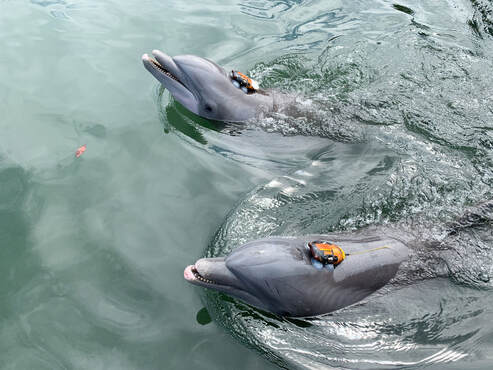
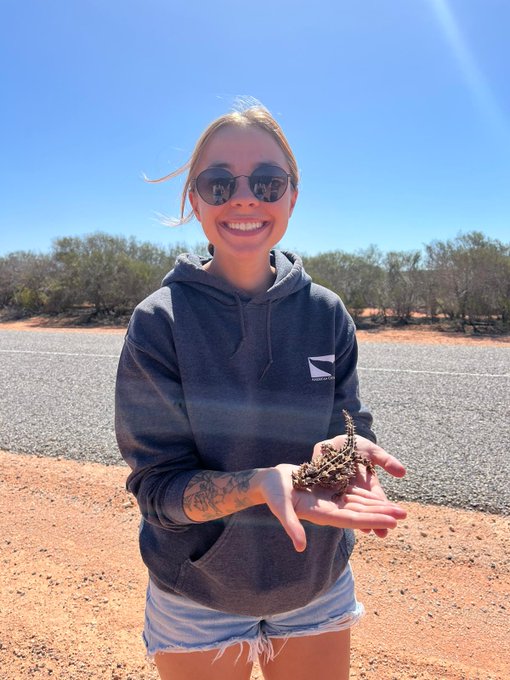
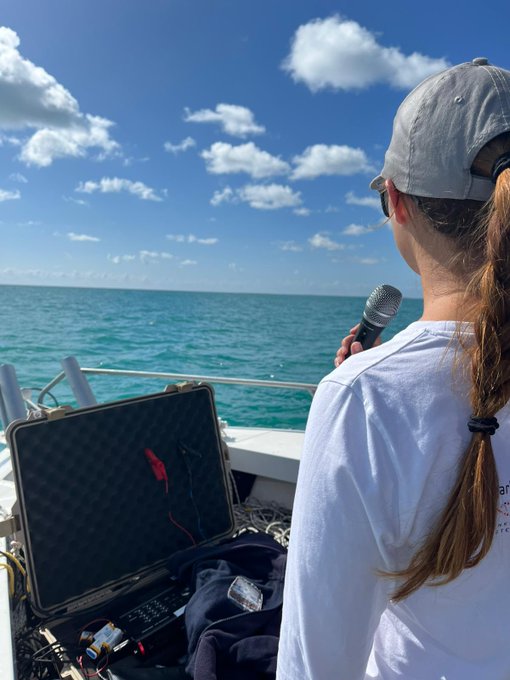
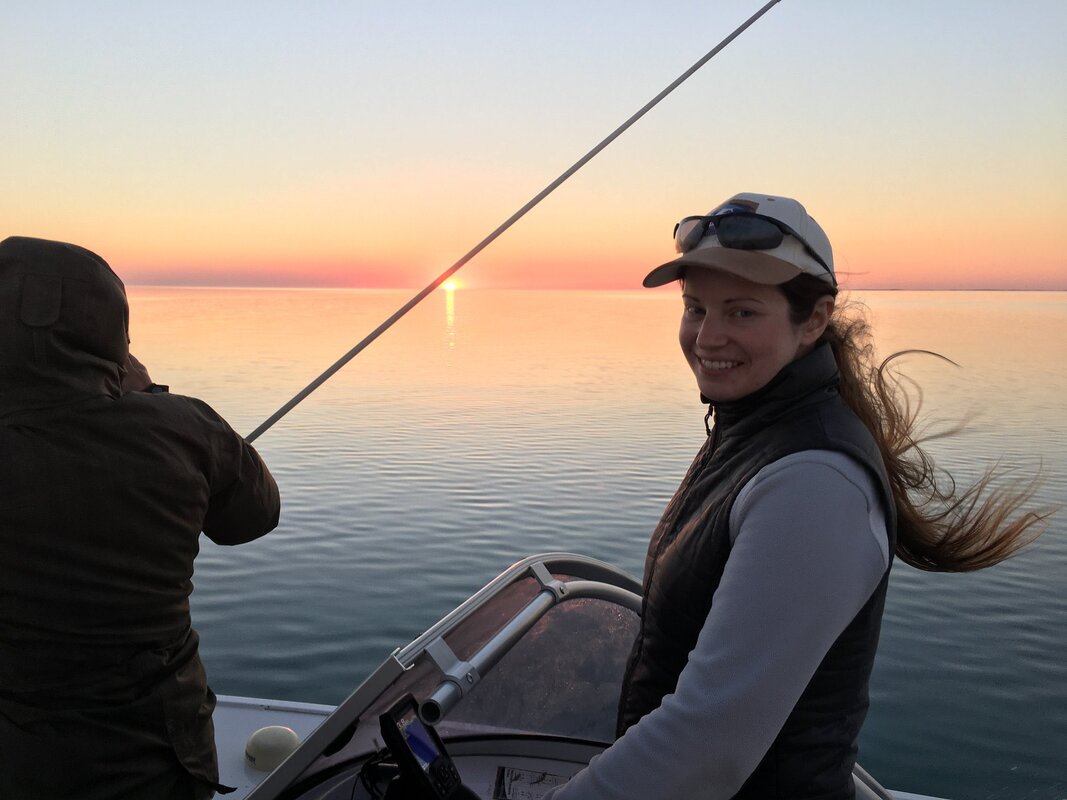
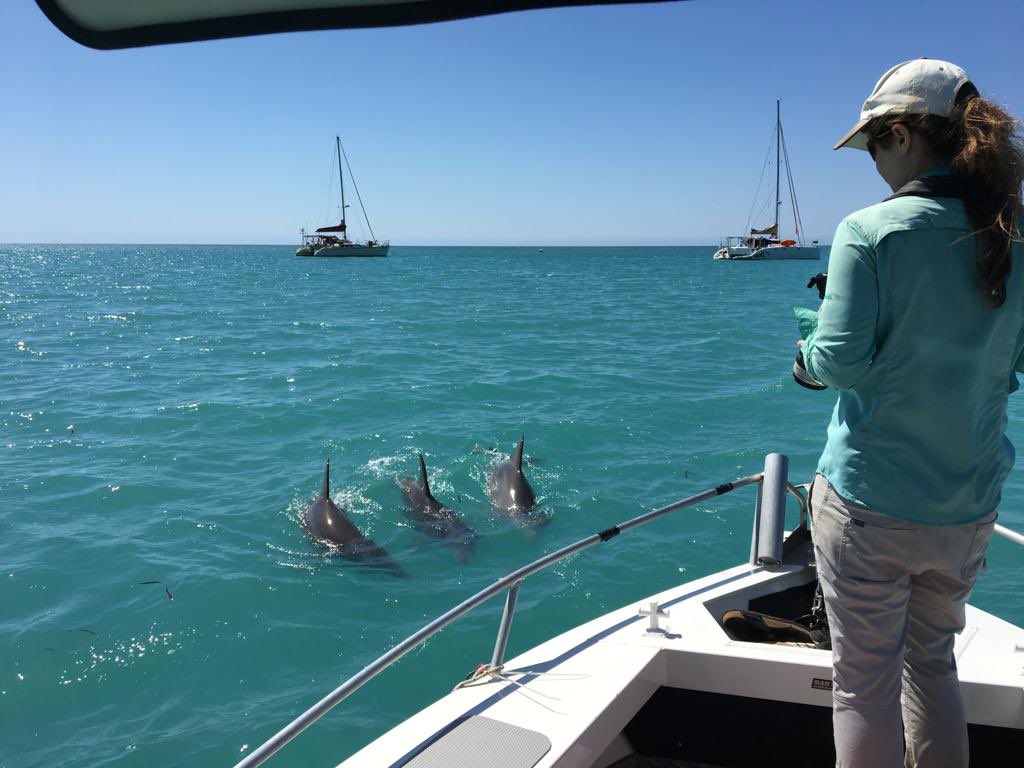
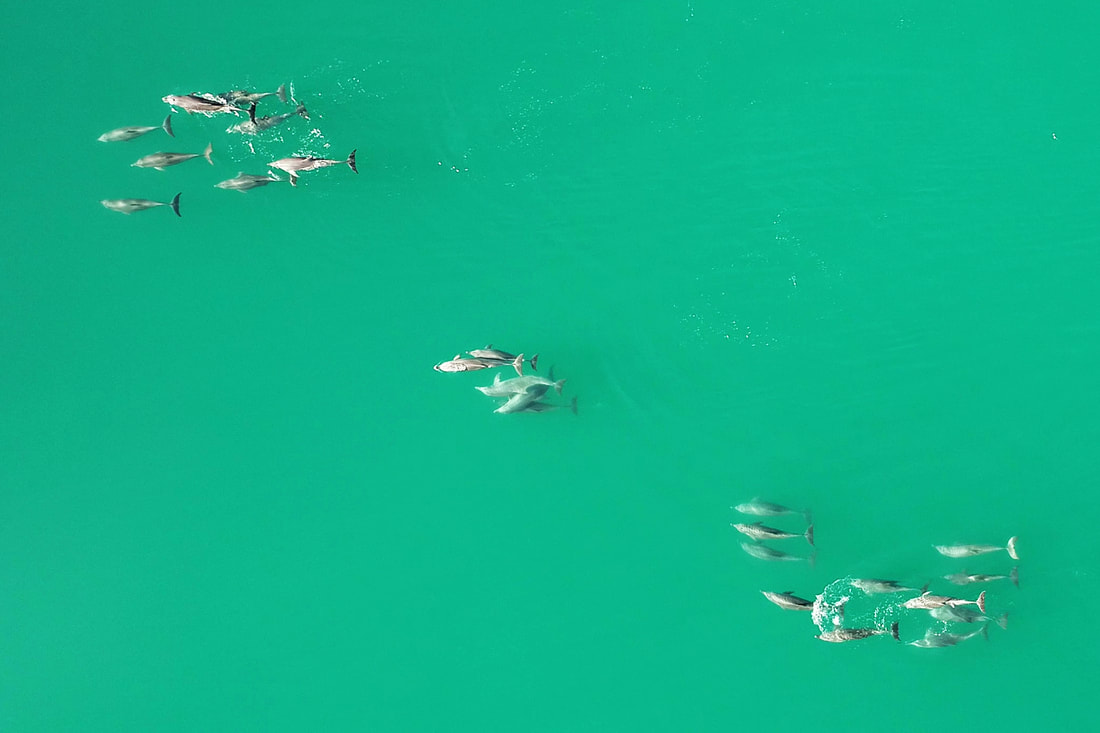
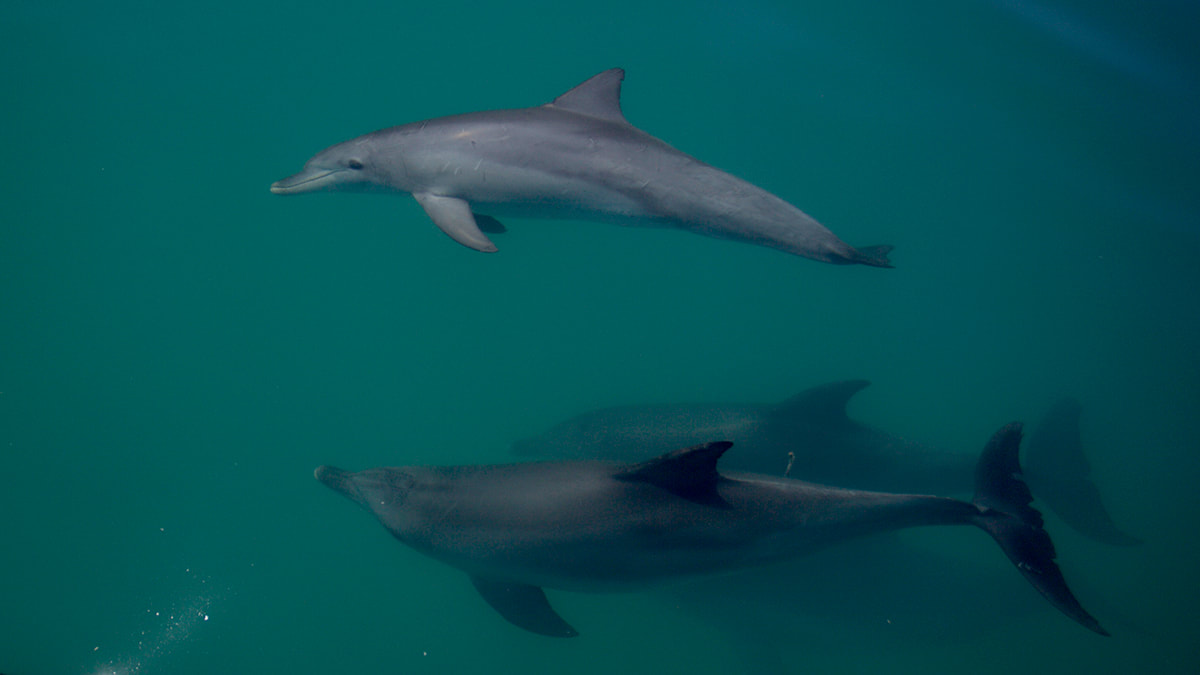
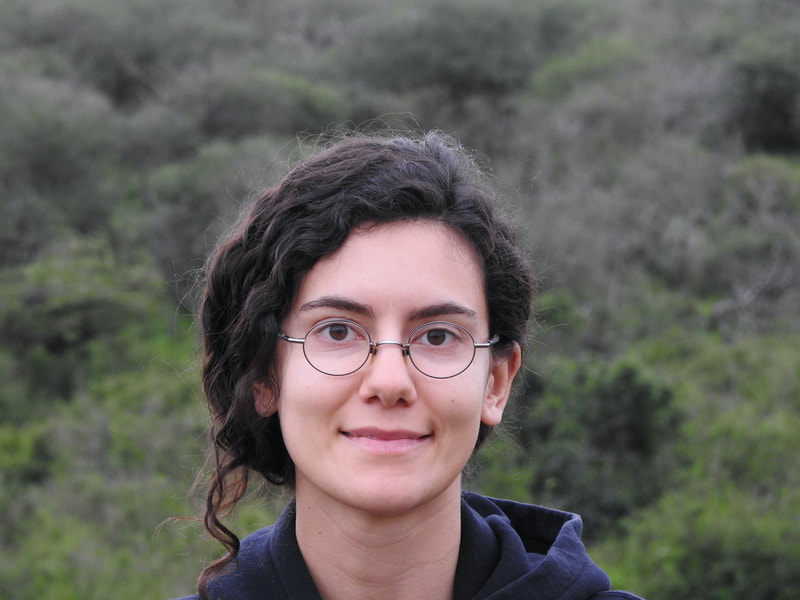
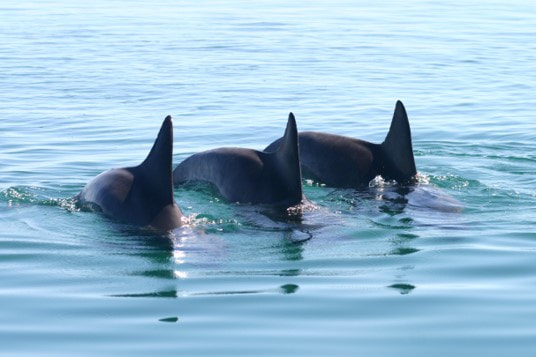



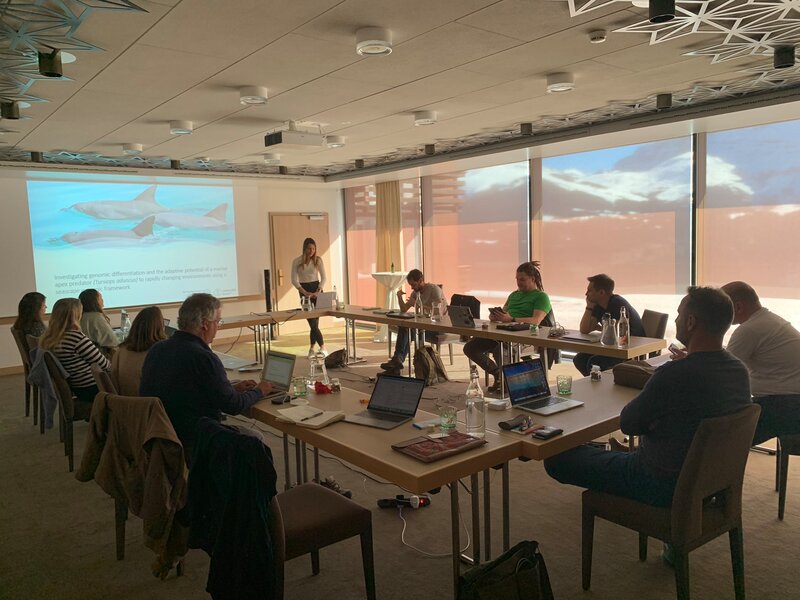
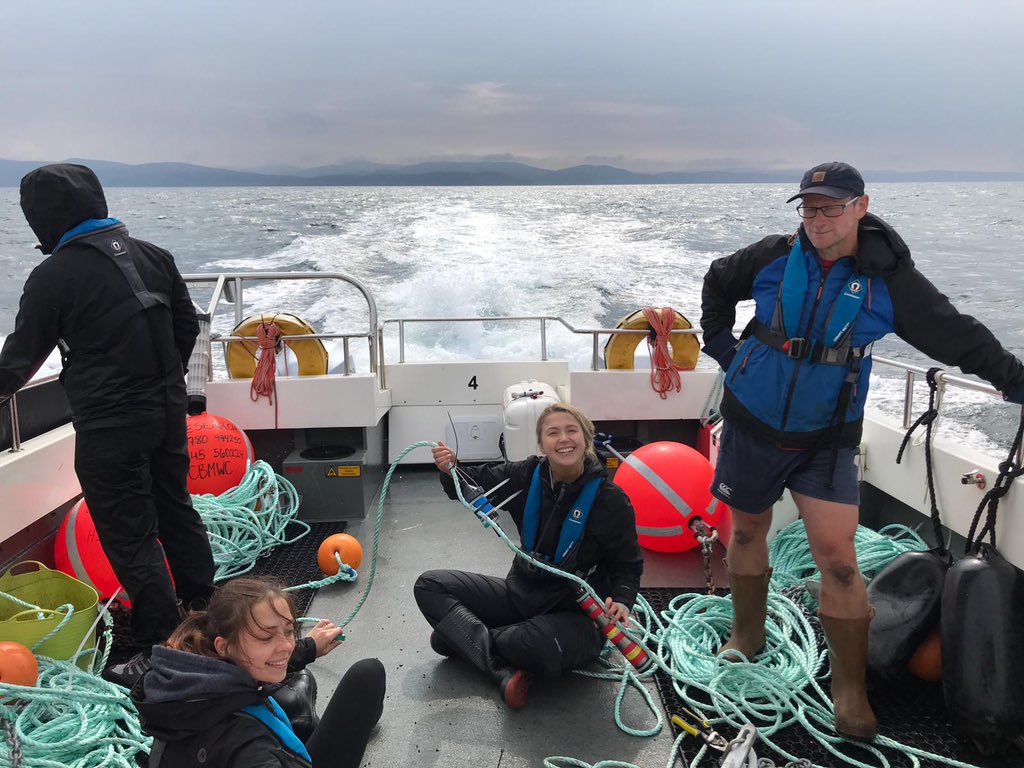
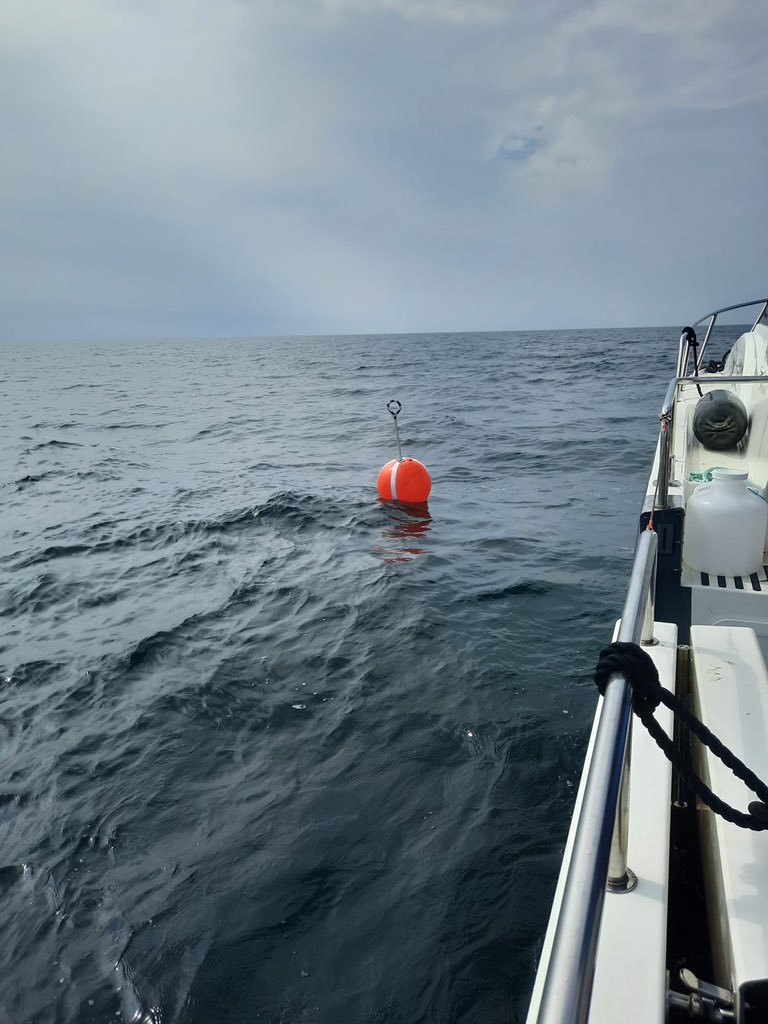
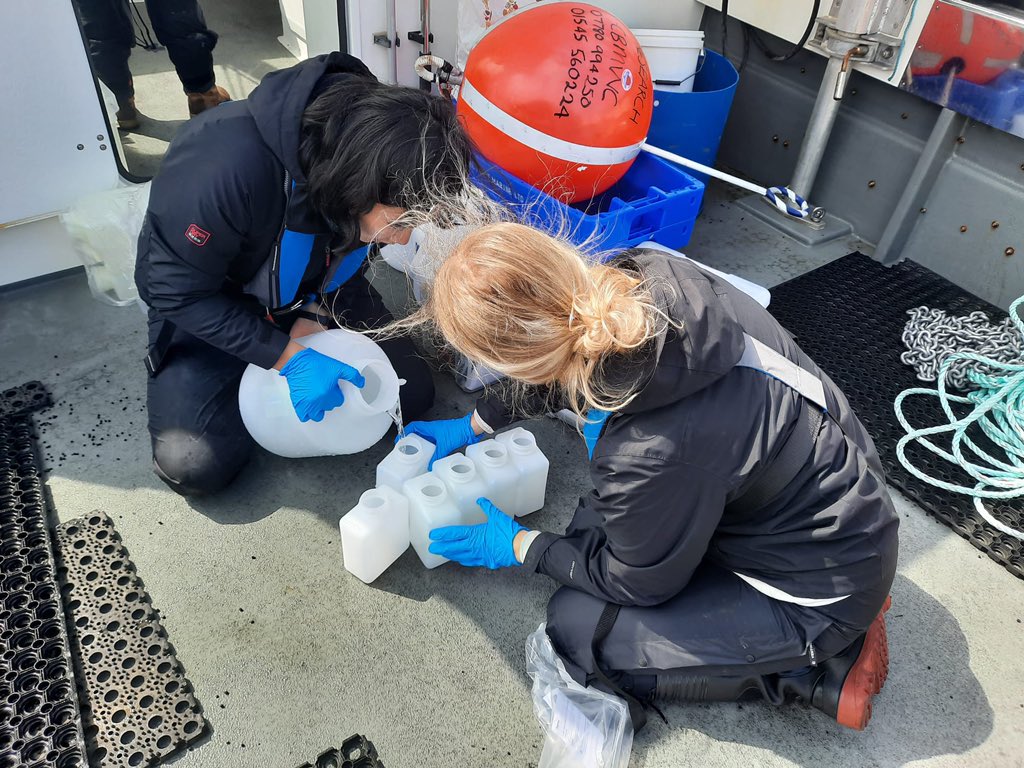
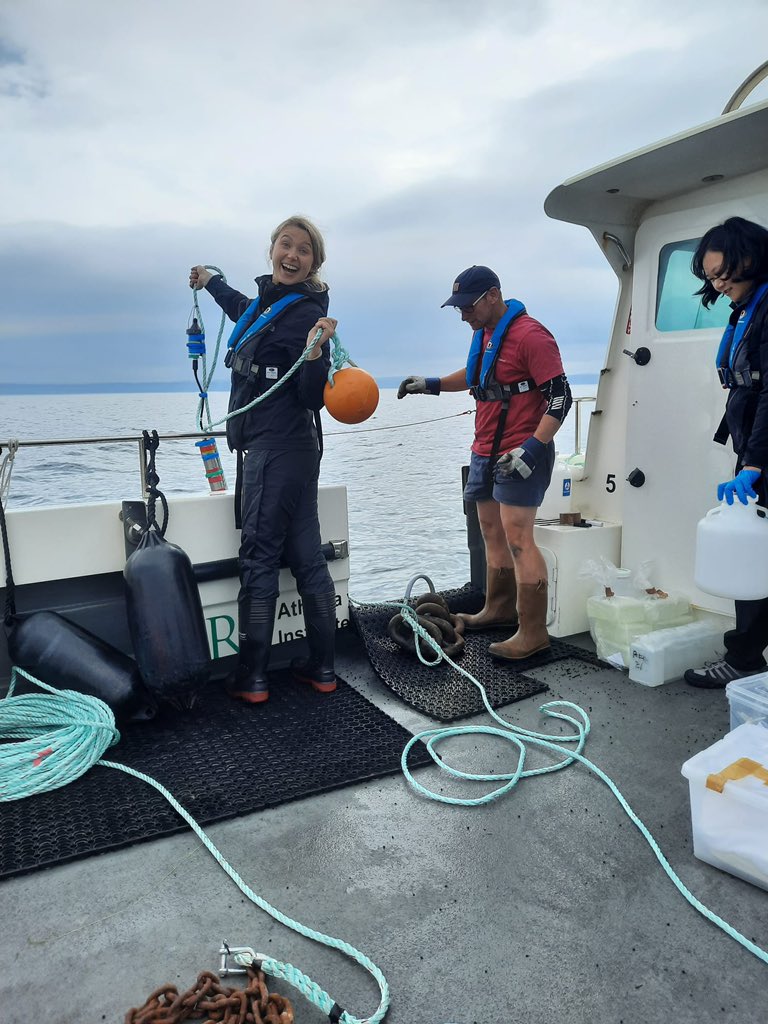
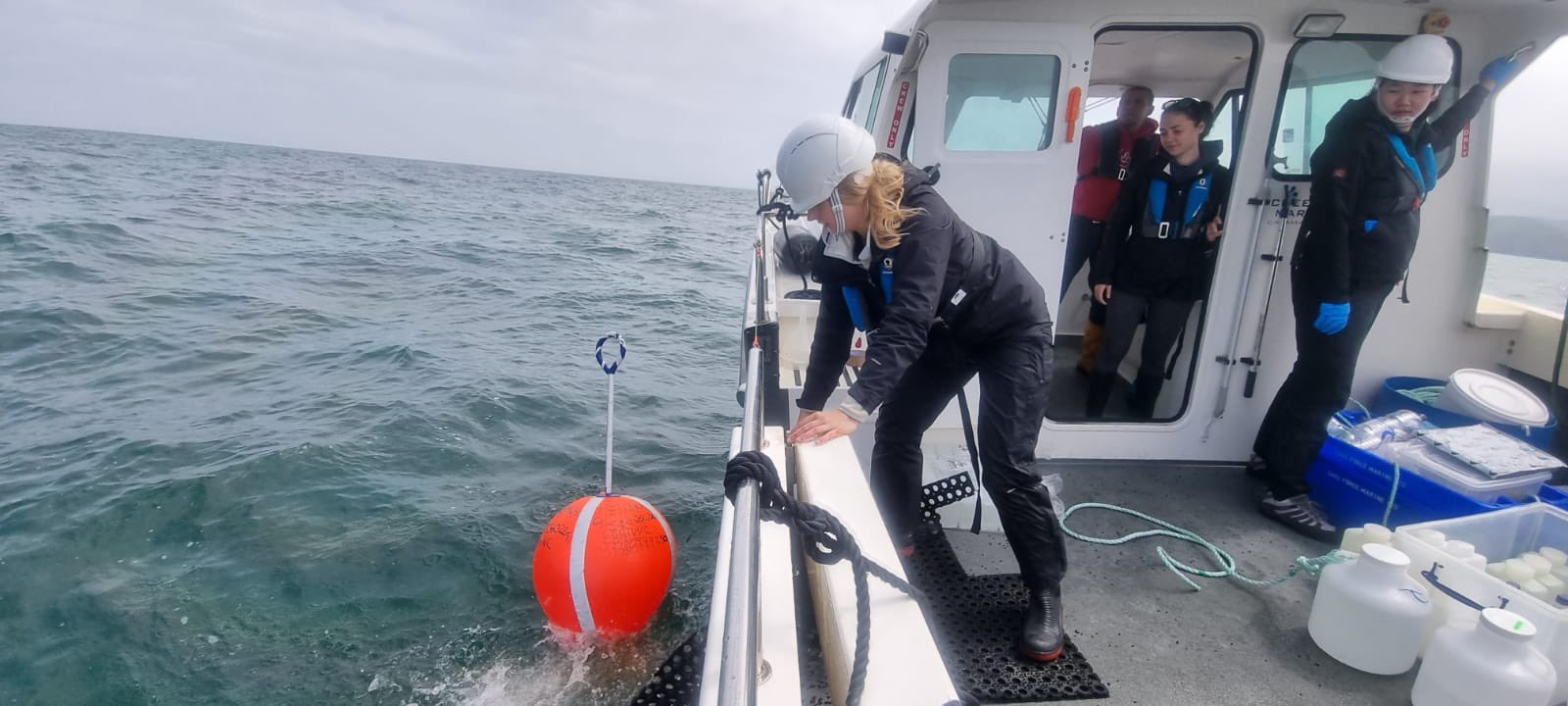
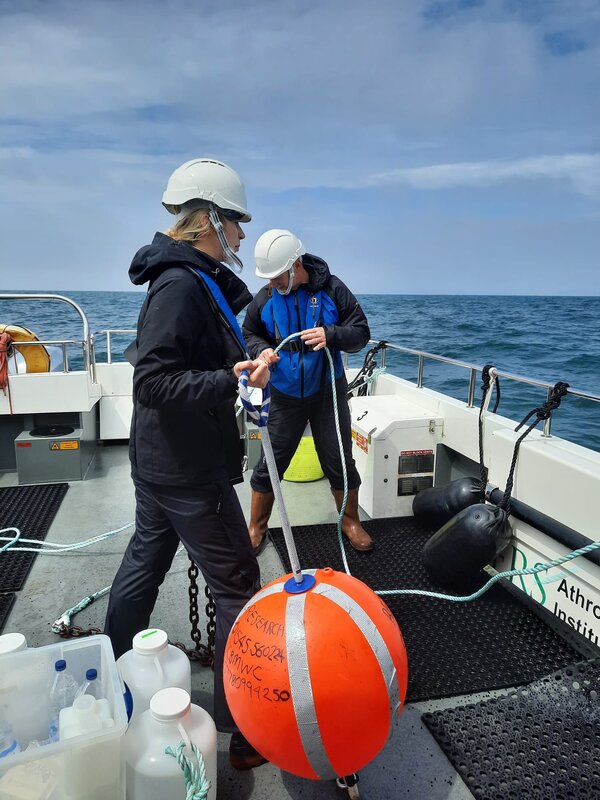
 RSS Feed
RSS Feed